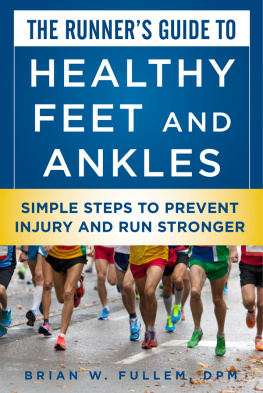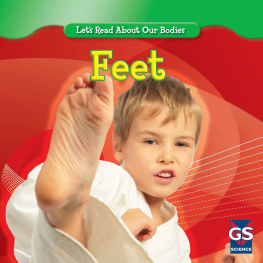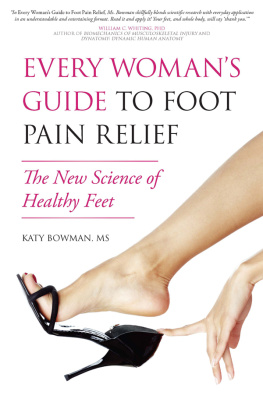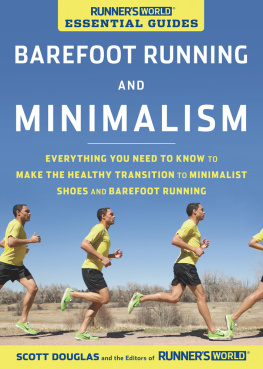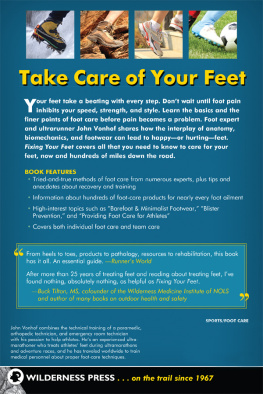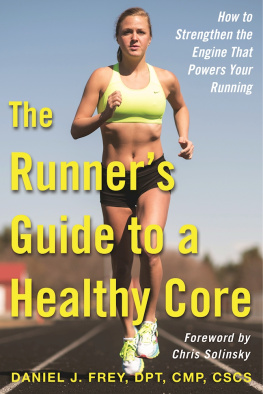Copyright 2016 by Brian W. Fullem
All rights reserved. No part of this book may be reproduced in any manner without the express written consent of the publisher, except in the case of brief excerpts in critical reviews or articles. All inquiries should be addressed to Skyhorse Publishing, 307 West 36th Street, 11th Floor, New York, NY 10018.
Skyhorse Publishing books may be purchased in bulk at special discounts for sales promotion, corporate gifts, fund-raising, or educational purposes. Special editions can also be created to specifications. For details, contact the Special Sales Department, Skyhorse Publishing, 307 West 36th Street, 11th Floor, New York, NY 10018 or .
Skyhorse and Skyhorse Publishing are registered trademarks of Skyhorse Publishing, Inc., a Delaware corporation.
Visit our website at www.skyhorsepublishing.com.
10 9 8 7 6 5 4 3 2 1
Library of Congress Cataloging-in-Publication Data is available on file.
Cover design by Tom Lau
Cover photo credit: iStockphoto
Photos by Brian W. Fullem, unless otherwise noted.
Print ISBN: 978-1-5107-0894-5
Ebook ISBN: 978-1-5107-0896-9
Printed in China
Contents
Foreword
How to stay healthy? Or, if youre a pessimist, how not to get injured?
Thats the quandary most runners face, and largely what the running industry is about.
Running shoes, running technique, stretching techniques, icing techniques, how to warm up, how to cool down, foam rollers, compression gear the list goes on and on of things that are supposed to keep us runners healthy and on the roads and trails.
Ive been a runner for the majority of my life. Ive progressed from trying to run the entirety of PE class in first grade for some unknown reason, to spending four years of my life trying to make the Olympics, to just enjoying running with my dogs along the river. Youd think that after all these years of running and being a self-proclaimed expert at LetsRun.com, that Id know how to stay healthy, but I dont have a clue.
One thing I do know: the human body may have been perfectly designed to run long distances, but it wasnt perfectly designed to run mile after mile in a straight line, especially on pavement.
That is why I got excited when I heard Brian Fullem was writing The Runners Guide to Healthy Feet and Ankles . Brian is not only a lifelong runner, but also a top-notch podiatrist. Its a rare combination: a person who understands everything about runners and what were trying to do, and understands the body and how our feet, ankles, and everything else works. There isnt a better person to write The Runners Guide to Healthy Feet and Ankles than him.
I first met Brian online. At the time, I was confounded by pain in my heel and was at a loss as to what to do. Having tried various remedies and seen a few people, I did what anyone else who has started an online running community doesI posted about my frustrations there.
Brian replied with some advice I had not seen elsewhere and suggested I see him when I happened to be in Boston. I saw him and received immediate relief for my condition. That started our professional relationship, which also turned into a friendship. I soon started recommending other people see Brian as well, and soon my brother, who was the distance coach at Cornell University at the time, was driving four hours with some of his athletes to see Brian.
Brian doesnt have miracle cures for everyone, and isnt afraid to admit when he doesnt. But he always has a sound course of action and a commitment to figuring out the problem. Brian doesnt push surgery, but isnt afraid of it, and willing to recommend when someone needs it. I think thats a great combination because Brians first inclination is to get you healthy rather than put you under the knife. Even better than dealing with injuries is preventing them, and thats the main reason I recommend The Runners Guide to Healthy Feet and Ankles to every runner.
Weldon Johnson, co-founder of LetsRun.com and former Olympic hopeful at 10,000 meters
Introduction
The Importance of Healthy Feet and Ankles for Runners
Running is a lifestyle choice for millions of people, and one of the best and easiest ways to exercise. Unfortunately, more than half of all runners will experience an injury at some point in their running career. Some injuries are simple matters that resolve quickly, while others are more complex and might not resolve just by taking a few days off from running.
This book will provide a road map to help you navigate the most common running injuries, along with tips on prevention, home remedies, and advice as to when its appropriate to seek treatment from a medical specialist. Much of the advice in this book is based on high-level medical evidence that has been published in peer-reviewed journals, along with my twenty-plus years as a sport podiatrist and my own experience as a competitive runner (which, full disclosure, has included many of the injuries in this book).
Some doctors tell runners they should stop training completely with just about every injury. Thats not my approach. In my practice and in this book, my goal is to help runners keep running. Of course, there are times when taking a break from running is unavoidable, but that should never be the only treatment. The focus of sports medicine should always be to help prevent injury, to find and treat the cause of the injury if a runner is hurt and not just treat the symptoms. In this book, Ill show you how to treat an injury at home initially, give guidance on when to see a sports medicine specialist, and tell you how to keep the problem from recurring.
Feet First
Its obvious that your feet and ankles play a huge role in your running. So at the outset, lets take a general look at these important body parts, and what exactly they do when you run.
The foot is a complex structure with twenty-eight bones, thirty-three joints, and many muscles and tendons, a majority of which originate in the lower leg. An excellent analogy is that the feet are vital to the body in a similar manner as that of the basement to the houseif the basement isnt providing a proper foundation, then the house may fall apart.
There are three distinct phases of the running gait cycle when the foot is on the ground: foot strike, mid-stance, and toe-off. There has been some debate in the running community about which part of the foot should strike first, with a recent movement to get people away from heel striking. However, theres no proof that landing on the heel hinders performance, and no correlation has been shown between heel striking and increased injury risk.
More important is where your foot lands in relation to your bodys center of gravity. Ideally, your foot lands as close to directly under your body as possible. Landing far in front of your center of gravity, or overstriding, might increase the impact forces of running, which may increase your susceptibility to injury.
I dont advise runners to change their method of foot strike without a good reason, as I have found that simple changes can sometimes lead to injury. For example, a recent trend was to transition runners away from heel striking to spend more time on the forefoot, which has the side effect of stressing the Achilles and leading to an increase in Achilles tendon injuries. If youre experiencing repeated injuries that may be associated with landing with too much impact, then that might warrant a slight change in your foot strike pattern. A good course of action would be to attempt to land softer to lessen the impact. You can practice landing with less impact by finding a nice grass field and performing some strides barefoot; without the protection of shoes, your body will adjust its landing to be less on the heel to lessen the impact forces.

